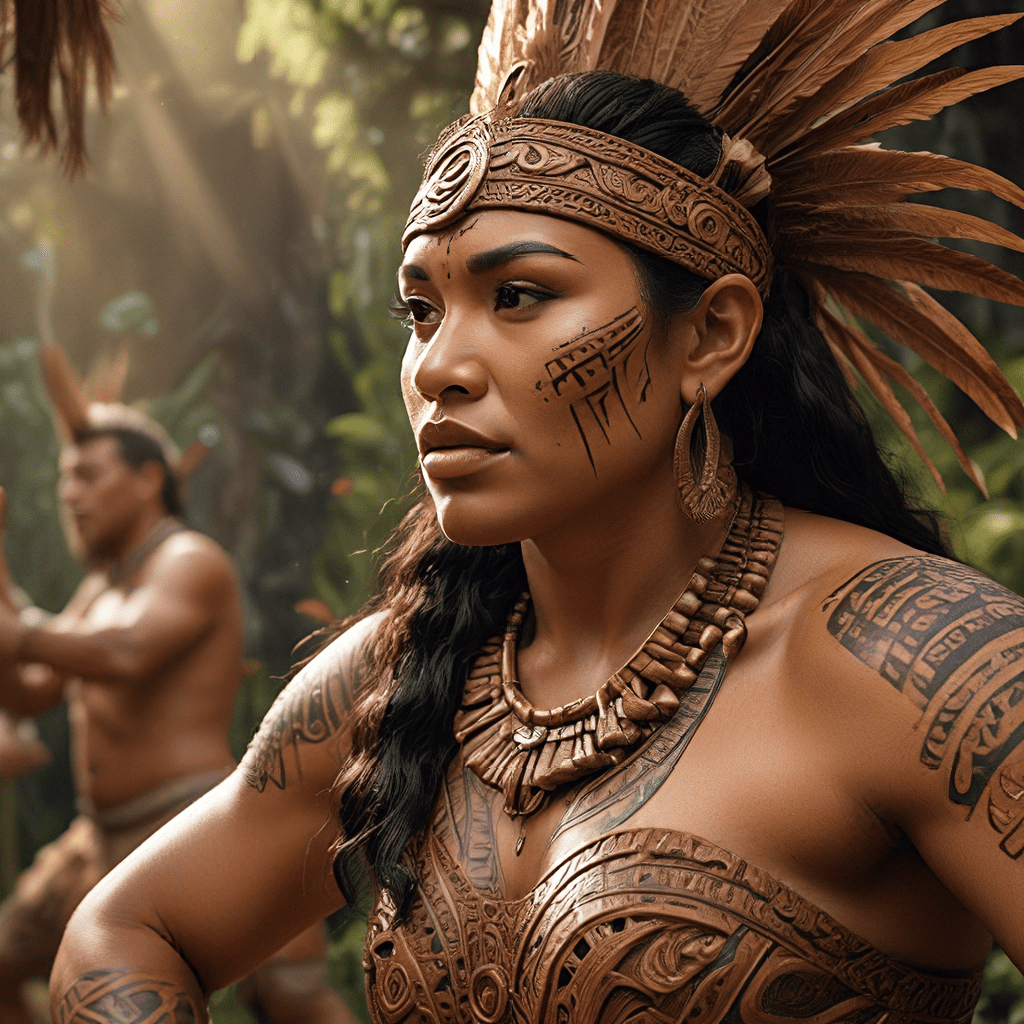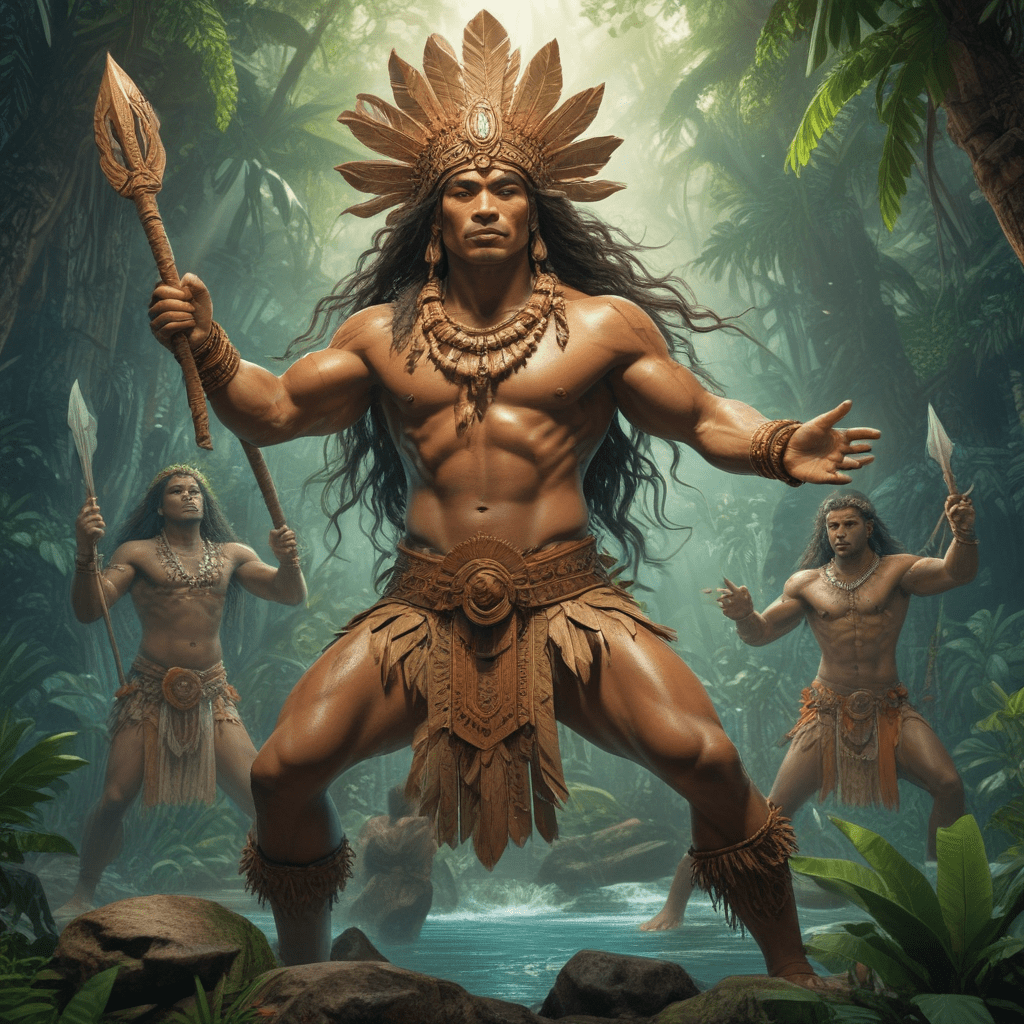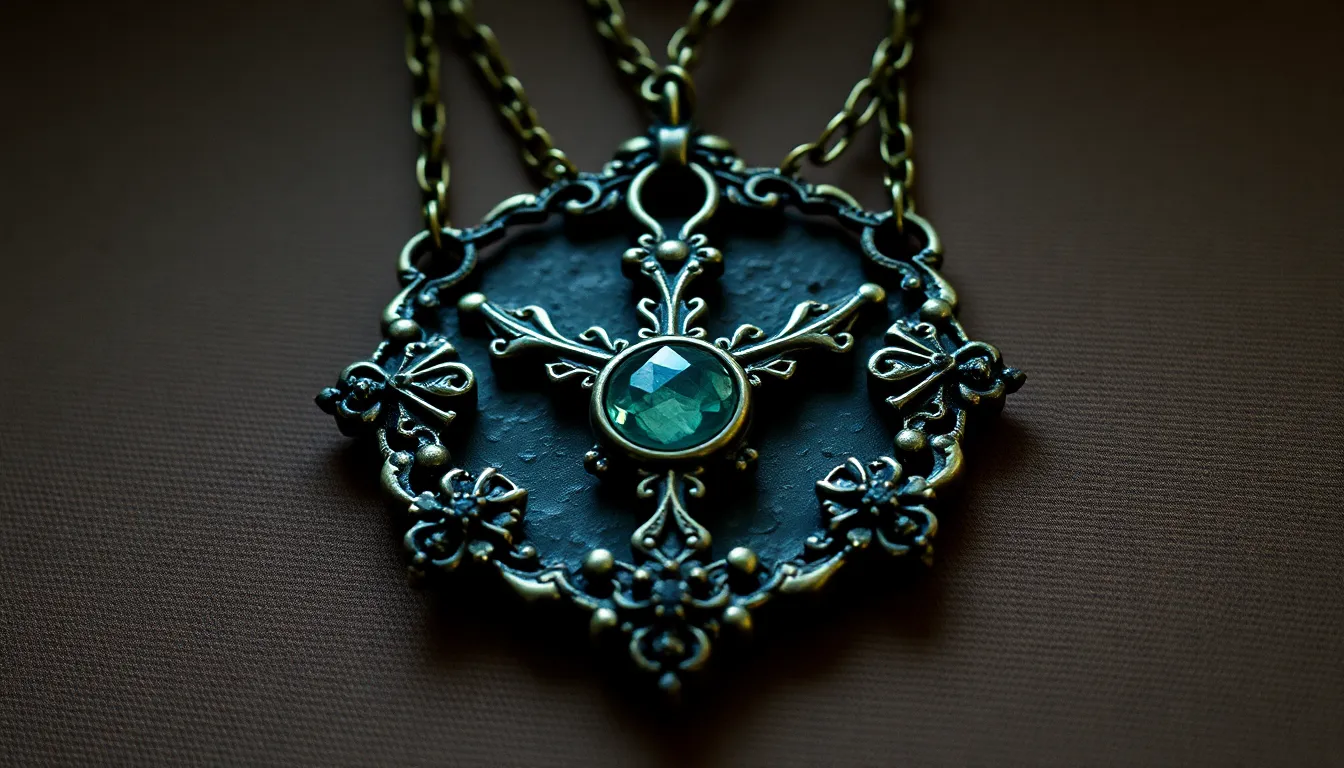Maori Mythology: A Tapestry of Creation and Ancestry
Maori mythology is a rich tapestry woven with stories of creation, ancestral beings, and the interconnectedness of all things. It’s a vibrant cultural heritage that continues to influence the lives of Māori people today. These stories, passed down through generations, offer wisdom, guidance, and a deep understanding of the natural world. They provide a framework for understanding their place in the universe and their relationship with their ancestors and the land. Maori mythology is not just about ancient tales; it’s a living system of beliefs that shapes their worldview and inspires their creativity.
The Tangata Whenua: Connecting with the Land and Ancestors
The term "Tangata Whenua" translates to "people of the land," reflecting the deep connection Maori people have with their homeland, Aotearoa (New Zealand). This connection is central to their mythology and understanding of their place in the world. Maori believe that their ancestors, who arrived in New Zealand centuries ago, journeyed from distant lands, bringing with them a rich cultural heritage. They believe that their ancestors traveled across the vast Pacific Ocean, navigating by the stars and relying on their knowledge of the natural world.
Te Kore, Te Po, and Te Ao Marama: The Journey from Nothingness to Existence
Maori mythology explains the creation of the world through a series of stages, starting from "Te Kore," a state of nothingness. From Te Kore emerged "Te Po," the world of darkness and potential. Finally, from Te Po, came "Te Ao Marama," the world of light and existence. These stages represent the journey from nothingness to the world we know. The stories emphasize the importance of balance and interconnectedness, reminding Maori people that all things are connected and part of a larger cosmic order.
The Importance of Whakapapa: Tracing Lineage and Understanding Identity
Whakapapa is a fundamental concept in Maori culture and mythology. It refers to genealogy, the tracing back of one's ancestry to their origins. It’s a vital part of Maori identity, connecting individuals to their ancestors, their land, and their community. Through whakapapa, Maori people understand their place in the world and their responsibilities to their ancestors and future generations. Maori believe that they are guardians of the land and its resources, entrusted with preserving it for those who come after them.
Weaving the Web: The Influence of Mythology in Traditional Maori Arts
Maori mythology is deeply woven into their traditional arts, including carving, weaving, and storytelling. These arts are not just decorative; they are powerful expressions of their cultural identity and beliefs. Maori carvers create intricate designs on buildings, canoes, and other objects, often depicting stories from their mythology. These carvings are not just decorative; they are imbued with the spirit of the ancestors and the power of the natural world.
From Carvings to Songs: The Artistic Expression of Mythological Tales
Maori mythology is a rich source of inspiration for artistic expression. From intricate carvings to powerful songs, these stories are brought to life through various art forms. For instance, in traditional Maori carvings, you'll find mythical creatures like the Taniwha (water monster), the Moko (lizard), and the Tiki (human figure), each with its own unique story and significance. These carvings aren't just beautiful; they hold deep cultural meaning, often representing ancestors, guardians, or important events in mythology. This practice extends to weaving, with intricate patterns on clothing and baskets often reflecting tales of creation and ancestors.
But it's not just visual arts; music plays a vital role in preserving and celebrating Maori mythology. Traditional songs called "Waiata" often narrate mythical tales, passing down knowledge and wisdom from generation to generation. These songs are not simply entertainment; they are a powerful way to connect with the past, celebrate their heritage, and share their stories with the world.
The Revival of Tradition: Maori Music as a Vehicle for Cultural Preservation
In recent decades, there's been a strong movement to revitalize and preserve Maori culture. Music has played a pivotal role in this revival, with artists incorporating traditional elements into contemporary music. They use instruments like the "Pūtātara" (trumpet shell) and the "Ngā Taonga Pūoro" (traditional instruments) to create a unique and powerful sound that blends tradition with modern influences. This fusion helps ensure that these stories remain relevant to younger generations and are shared with the world.
Through these musical expressions, Maori artists showcase the enduring power and beauty of their cultural heritage. They use music to reconnect with their ancestors, honor their traditions, and express their deeply rooted connection to the land and their heritage.
Contemporary Maori Music: Blending Tradition with Modernity
Maori music is not static; it's a constantly evolving art form. Modern Maori artists continue to explore new sounds and styles while staying true to their cultural roots. They blend traditional instruments and melodies with modern rhythms, electronic sounds, and contemporary songwriting techniques. This creative fusion creates an exciting and innovative sound that resonates with audiences both within and outside their community.
One example of this is the popular genre of "Hip-hop," where Maori artists use their lyrics to address contemporary issues while incorporating themes and concepts from their mythology. They weave stories about their ancestors, their struggles, and their hopes for the future, creating music that is both culturally relevant and universally appealing. This innovative approach helps ensure that Maori culture stays alive and vibrant in the modern world.
The Power of Storytelling: Mythical Narratives in Contemporary Art
Maori mythology continues to inspire artists across various disciplines in contemporary art. They find inspiration in the vibrant stories, captivating characters, and powerful themes present within their mythology. These themes, like the importance of whakapapa, the connection to the land, and the role of ancestors, are explored in paintings, sculptures, theater, dance, and even digital art.
For example, artists might use traditional carving techniques in contemporary sculptures to explore themes related to the environment, social justice, or the impact of colonization. Similarly, dancers might create performances that draw on traditional Maori movements and storytelling to address modern-day challenges and societal issues.
Embracing the Future: Using Mythology to Empower and Inspire
Maori mythology isn't stuck in the past; it's a powerful tool for shaping the future. These stories provide valuable insights into human nature, the role of community, and the importance of respecting the natural world. These themes are especially relevant in today's world, where we face challenges like climate change, social inequality, and the need to find a balance between progress and tradition.
Maori mythology encourages resilience, adaptability, and a strong connection to the land. It reminds us to honor our ancestors, understand our responsibilities to future generations, and embrace the importance of cultural heritage in an ever-changing world. By incorporating these values into their art, Maori artists offer a powerful message of hope, resilience, and cultural pride.
FAQ
Q: What are some examples of mythical creatures in Maori mythology?
A: Some well-known mythical creatures include the Taniwha (water monster), the Moko (lizard), and the Tiki (human figure).
Q: How is whakapapa related to Maori mythology?
**A: **Whakapapa is the concept of genealogy, tracing one's ancestry back to their origins. It's deeply intertwined with Maori mythology, providing a framework for understanding their place in the world and their connection to the land and their ancestors.
Q: How is Maori music being used to preserve cultural traditions?
A: Modern Maori artists are blending traditional instruments and melodies with contemporary music genres, creating a unique sound that keeps their stories and traditions alive.
Q: How is Maori mythology being used in contemporary art?
A: Artists are exploring themes related to whakapapa, the land, and ancestors in their work, utilizing traditional techniques and modern approaches.
Q: What are some key themes in Maori mythology that are relevant to today's world?
A: Key themes include respecting the natural world, the importance of community, resilience, and adaptability, all of which are relevant to modern challenges.



